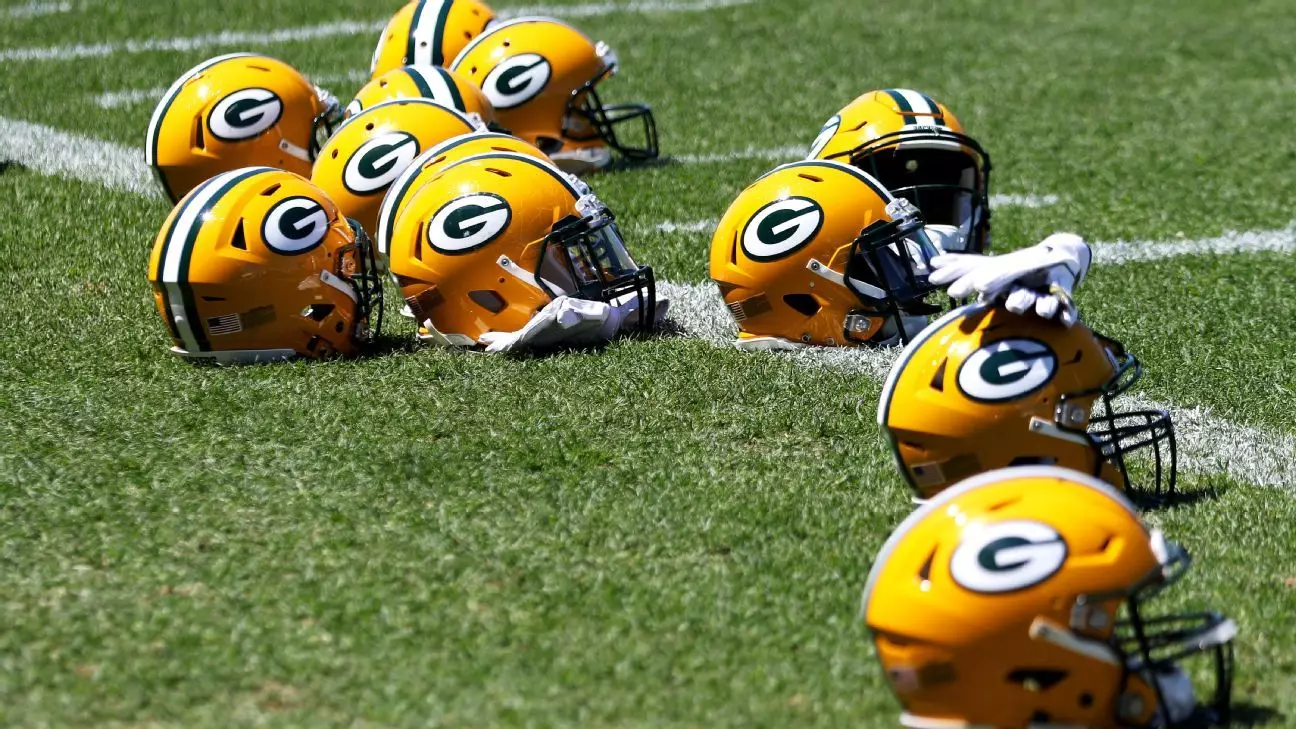Eighteen years ago, the NFL’s financial landscape was markedly different. When Mark Murphy assumed leadership of the Green Bay Packers, the league’s revenue sharing per team hovered around $138 million. Fast forward to today, and those figures have exploded, with the NFL distributing over $13 billion to its franchises last year alone. This financial ascent underscores a transformation not only for the league but also for individual teams like the Packers, which have capitalized on the league’s impressive growth to fortify their own economic stability. The evolution from relatively modest distributions to record-breaking figures reflects a broader shift in the NFL’s commercial strategy and fan engagement model.
Market Dominance and Revenue Growth: The League’s Strategic Edge
Central to this boom is the NFL’s mastery of broadcasting rights and the transition to new streaming platforms. Murphy highlights that nearly 60% of the Packers’ revenue now stems from national sources—primarily lucrative television contracts. The league’s aggressive negotiations and the expansion into digital streaming have been critical to maintaining a consistent growth rate of around 7% annually. This strategic expansion into digital domains signifies a move toward future-proofing the league’s revenue streams, ensuring sustained profitability despite shifting media consumption habits. The NFL’s ability to leverage its brand, generate substantial television viewership, and adapt to modern viewing trends has cemented its position as America’s favorite sports league.
Financial Resilience and the Power of Collective Revenue Sharing
Unlike many sports teams that rely heavily on private ownership, the Packers exemplify a uniquely democratic model—publicly owned by over half a million shareholders. This structure inherently limits the influence of any single investor while fostering a community-centric approach to ownership. The team’s robust financial reserves—over half a billion dollars—serve as a buffer against economic downturns and unexpected costs. Murphy’s emphasis on reinvesting into Lambeau Field and upgrading facilities reflects a recognition that continuous investment is vital for maintaining competitive advantage and fan loyalty. Moreover, the league’s revenue-sharing system amplifies the financial strength of all teams, enabling even smaller-market clubs like Green Bay to remain viable and competitive.
The Challenges of a Publicly Owned Franchise in a Competitive Environment
While the Packers’ model offers stability and community support, it also imposes limitations. The inability to draw private investments means the franchise must rely heavily on revenue sharing and prudent financial management. The systematic cap on individual share ownership prevents undue influence or potential control, ensuring the team remains rooted in its community values. However, this may restrict rapid expansion or large-scale investments that private owners could facilitate. Yet, the Packers have countered this by allocating over $675 million into stadium upgrades and infrastructure, exemplifying strategic fiscal discipline. This approach demonstrates that even without the backing of a billionaire owner, a team can sustain growth and infrastructure development through careful financial planning.
The Future Outlook: Resilience, Innovation, and Leadership
As Murphy prepares to step down, it’s clear that the league’s financial foundation is stronger than ever. The NFL’s unwavering ability to grow through broadcast deals, technological innovation, and a resilient ownership model positions it for continued prosperity. The league’s strategic focus on expanding digital streams and optimizing existing revenue channels ensures that its growth trajectory remains intact. Moreover, Murphy’s leadership has underscored the importance of fiscal responsibility and community engagement, elements that will undoubtedly shape the future of NFL teams and ownership models alike.
The unprecedented financial figures of today are not just a testament to the league’s commercial success—they are a reflection of its adaptability and strategic foresight. The NFL’s evolution from a modest sports league to a multibillion-dollar entertainment giant exemplifies how leveraging media rights, community ownership, and innovative business practices can forge a sustainable legacy of prosperity. As the league continues to grow, it challenges teams and owners to think beyond traditional paradigms, pushing the boundaries of what a sports franchise can achieve in the modern economic landscape.

